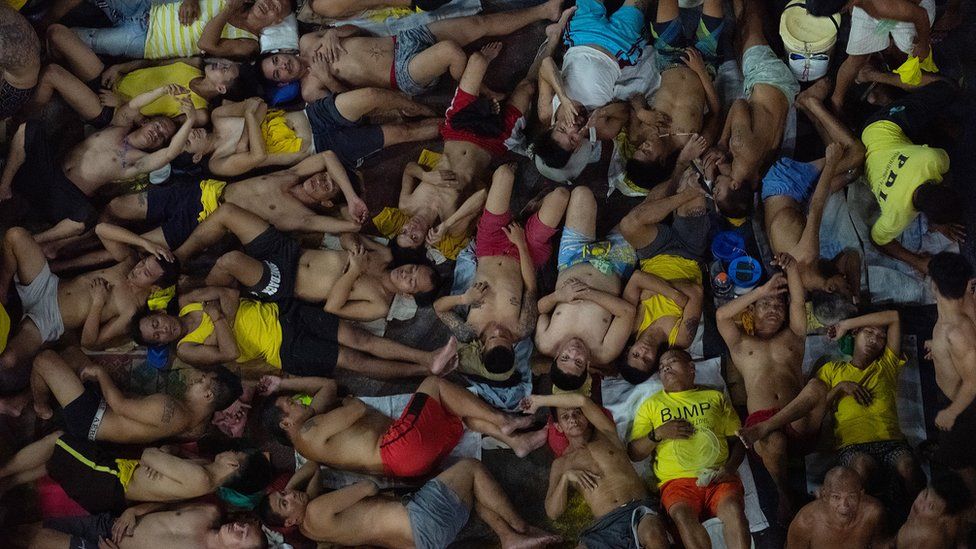
Rovelie Zabala is heavily pregnant with her 10th child.
As we talk, the 41-year-old leans at an awkward angle, leveraging all her back strength to hold her ninth child in her arms.
“Carl, Jewel, Joyce…” As Rovelie names her children, six-year-old Charlie shoots his mother a look of disapproval. “Sorry, his name is Charlie,” says Rovelie, innocently.
Rovelie had had seven children before she learnt about family planning, but this latest addition was a surprise conceived during one of the world’s strictest lockdowns, which saw soldiers patrolling the streets in armoured personnel carriers, police checkpoints restricting movement and only one family member allowed out to shop for food supplies.
The lockdown also meant hundreds of thousands of women have been unable to access birth control, resulting in tales of unplanned pregnancies like Rovelie’s being repeated across the country.
Indeed, it is estimated an extra 214,000 unplanned babies will be born in the next year, according to projections by the University of the Philippines Population Institute and the United Nations Population Fund. These children will be born into hospitals already overwhelmed by 1.7 million births a year, largely into families struggling to make ends meet.
And this is only the start.
Because the pandemic isn’t the only reason why the Philippines has a population crisis on its hands – a closer look reveals a problem years in the making.
A strong grip
The Philippine capital Manila is a city bursting at the seams, with 13 million people wedged between Manila Bay and the Sierra Madre mountain range. On average, more than 70,000 people are squeezed into every square kilometre, according to data from 2015.
The crush can be felt everywhere from the city’s traffic jams to the jails, where people sleep like sardines in cells that are 300% over capacity.
And it is the poor who live in the most overcrowded areas, where some are reduced to eating meat raided from rubbish dumps.

